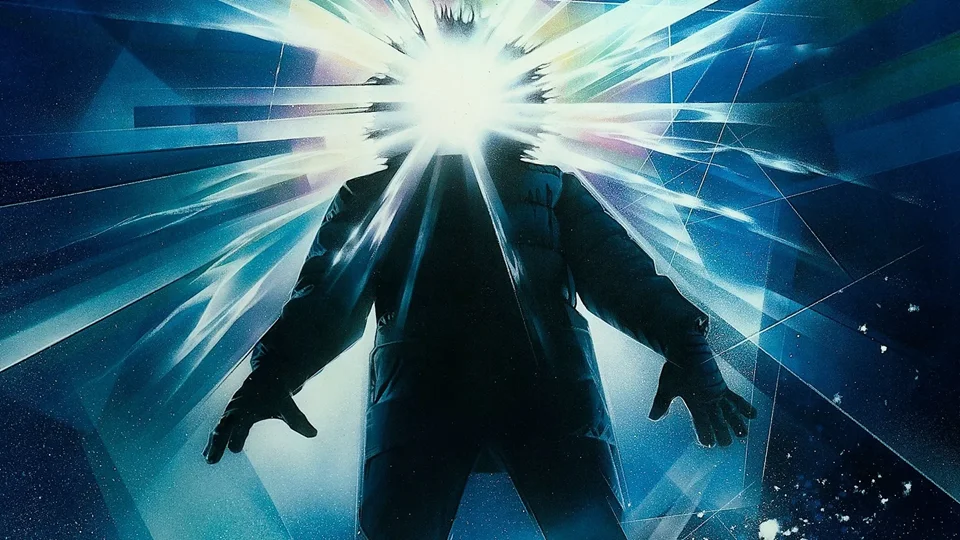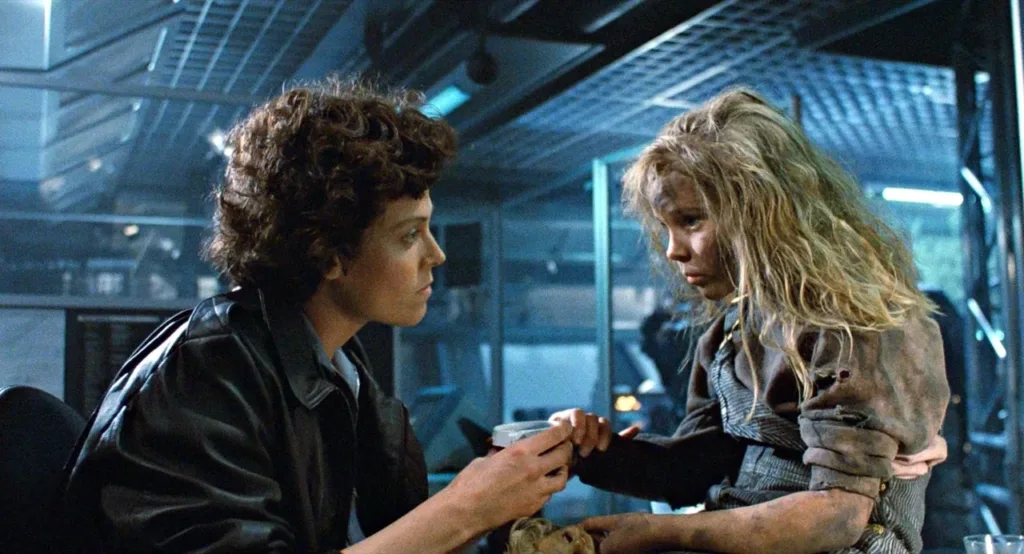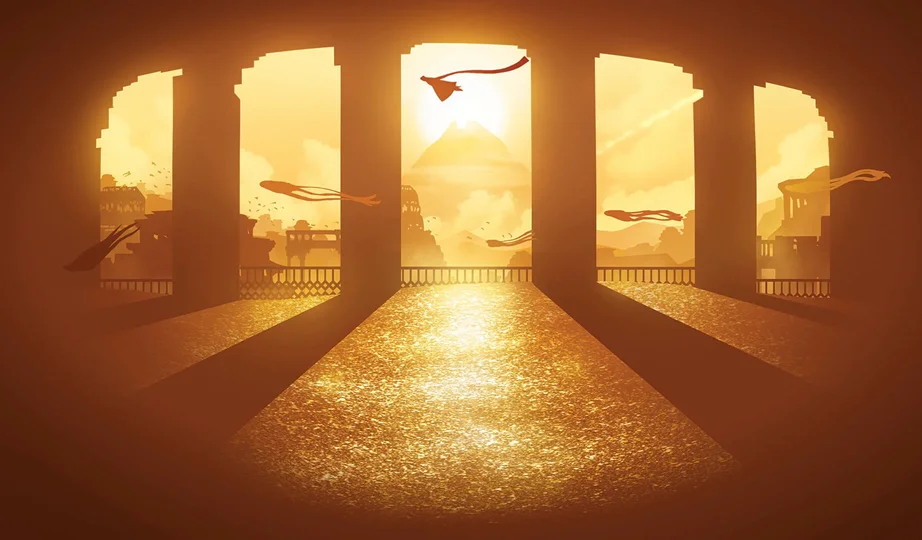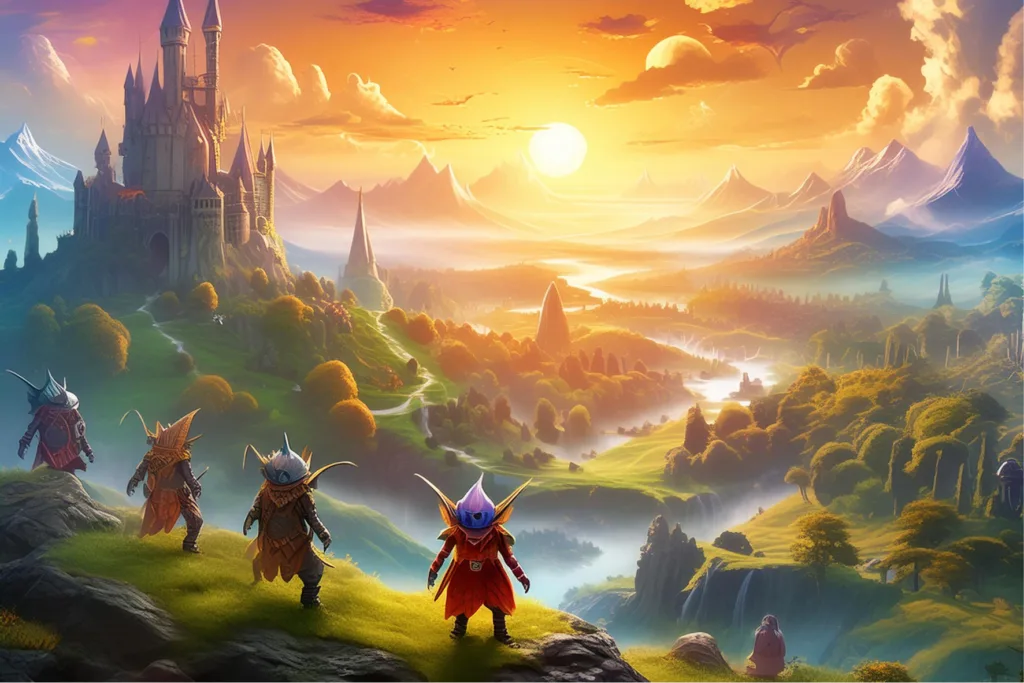5 Tips on Writing: With Phil Harris
My name is Phil, and from an early age I created compelling worlds and systems for my group of tabletop role-players to engage with. Considering what excites and engages the player and how to form these experiences together to create something that not only lets them explore, but also feels alive, vibrant, and stimulating.
In combining fundamental design ethics and narrative principles with my own ideas, I have developed the skills to weave complex and emotional storylines and systems into many types of games – with a forte in the MMO and RPG markets. This also extends to work with the art, audio, marketing and developers to realize these designs and provide narrative consistency.
Currently I work as a freelancer, with the majority of my work based around design, narrative and consultancy on those subjects and whilst my LinkedIn has some of my achievements, it only tells you a part of my story.
Hooking Your Audience

Consider the perspectives of the story you want to tell and understand all the angles at play. Would a scene be better led by another character, viewed from the eyes of the villain or told from a completely different angle.
Understand each and every important protagonist in their tale. Know what they think and feel and how they would approach the situations that occur. If all these people and places feel vibrant, lived in and believable you’ll capture the attention of the person consuming your work.
Mastering Plot Development
Don’t be too clever!
Remember that whilst you may live and breathe this narrative, those who come in to visit and play in the world you have created may not catch the breadcrumbs you leave.
Key plot points should be repeated to emphasise their importance and their delivery should match their importance to your story. A dramatic denouement to a battle or piece of political intrigue; a final whisper from a dying loved one; the moment at the heat of battle when a key element of the story is almost lost in the wind but causes those engaged in your narrative to find out more.
Lead them, and they will follow.

Effective World-Building Strategies
When I train people in narrative design I often suggest that they sum up their world in a small room.
How would you expect this room to look in your world? Is there a window to the outside and what can you see? Are the doors made of heavy iron, rusted by the sea air? Or can you see signs of blood on the wall?
If you can control your environment through a single instance like this you can expand beyond the room slowly and create consistent and logical beats to your world and its nature, which in turn will make it believable.
Techniques for Character Development
What many writers forget is that a believable character has aspects of your own personality. Be they dark or light, lawful or chaotic, your creation and their living heartbeat are aspects of the experiences and situations you’ve encountered.
The more you use those experiences and blend them into the characters, and then add experiences with friends and others to develop the individual personalities, the more ‘real’ they will be.
Then as you combine the character with the world, you find the different ways they deal with the situations at hand, because you know how you’d like to deal with these things. This not only allows you to daydream about the possibilities you might have in a different reality but be the true hero or villain of the story.
Crafting Meaningful Decisions

Build to them in the narrative.
A choice only becomes meaningful if it drives on an aspect of the story and the world you build.
Going for a cup of coffee in a busy café may feel innocuous, but if the character has gone there to observe another person to get a key piece of information; they trip over another person’s foot who becomes the love of their life; or they hear a piece of breaking news on the radio which causes them to decide to take action. None of these have meaning if the reason for the choice is opaque.
Understand your characters path or Hero’s Journey (The Hero with a Thousand Faces – Joseph Campbell) and how this choice helps them to complete their quest.
What are your strengths in writing and narrative design?
Building enticing worlds which tease at tales yet to be told and create a place where my characters can act – often with impunity.
I am not afraid to consider what lies at the dark heart of mankind or know what is funny and will make the audience raise a wry smile and I always consider current context to deliver the messages I want people to remember. Whether it be a cautionary tale or a rip-roaring adventure.
Those who have read and engaged with my stories have been swept away and I only realised this at the 13th anniversary of a table-top game I’d run. When not only people who had played the game arrived to celebrate but flatmates of those people who had been told the tales and knew the world and lore intimately, also arrived.
Exploring Favorites

Ach. The favourites question!
John Carpenter’s The Thing has a special place in my heart as it not only true to the original short story ‘Who Goes There!’ but also refences the original movie with great effect.
The characters are strong, the sense they are out of their depth is palpable and the breakdown of society show by these men trapped in an impossible situation, tantalising.
Which games or stories have you worked on?
A lot of different things and possibly too many NDA’s to mention (not that I can).
Much of the work I’ve done is freelance or uncredited – or they have my name wrong. But as well as Celtic Heroes, Seafight, Dark Orbit, Zombie State, Rise of Cultures and more I also worked on VR projects, two graphic novels of my own. Neksus: Closed Circle and Lakeside.
A Wish for Interactive Audio Stories
I would love to explore the world that follows the events of Shadow of the Colossus.
With the guardians gone, does anyone rise up to drive back the darkness which has the potential to consume the world, or is this quest ultimately flawed.
My hero would embark on a story where they tried to uncover the true history of the ancient lands, aware of the evil that will need appeasement, but in hope that their investigation can clear the darkness.
Each interplay with the darkness will make the player question whether they are actually getting the better of the situation, or merely making it worse.
The outcome… Well, that’s for another day.
Register for our Free Writing Workshop now!
If you are interested in creating your own interactive audio story, you can apply for our free webinar! It will introduce you to our interactive story game engine, TWIST, and teach you how to use it to create interactive audio stories.
Interested in contributing to our blog series?
If you would also like to publish a blog post on our website and share your own story with interested readers, simply fill out the contact form.





